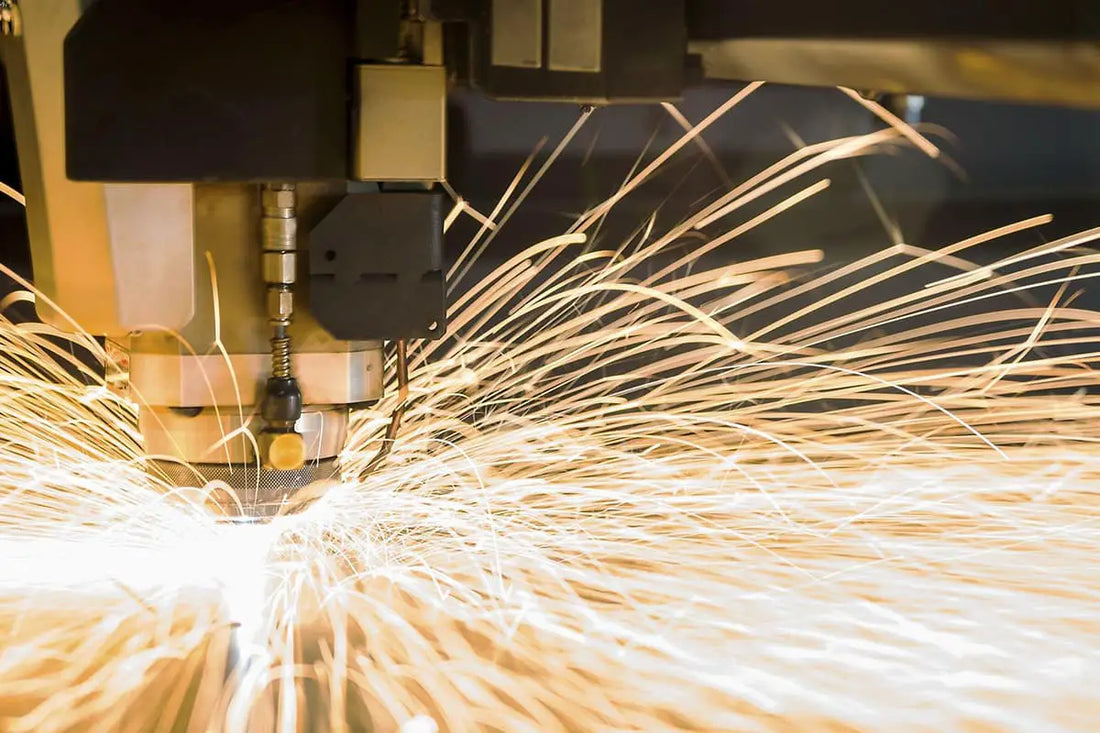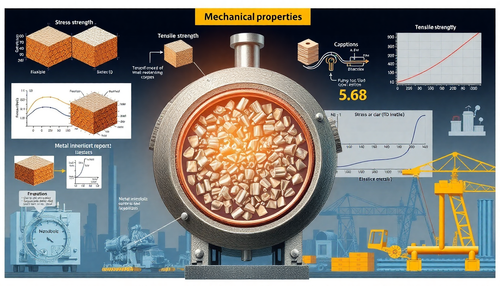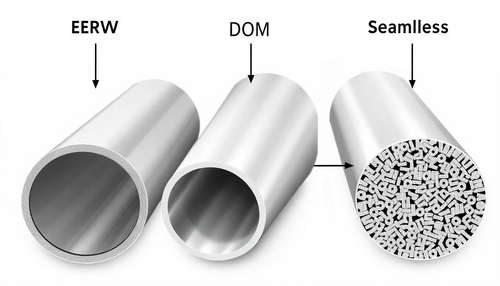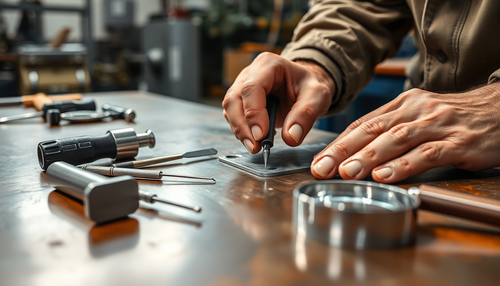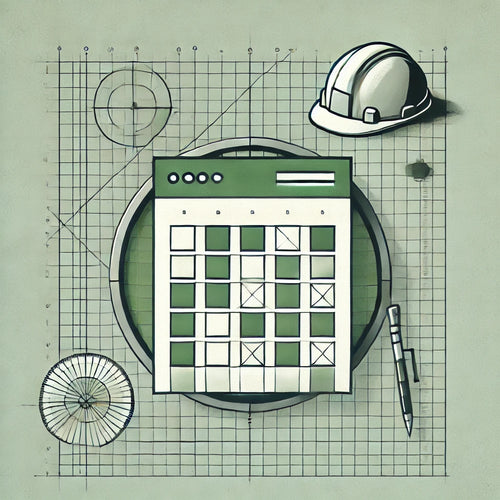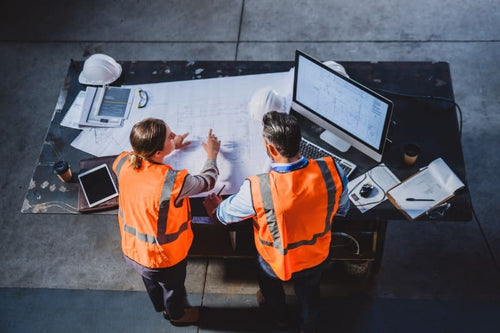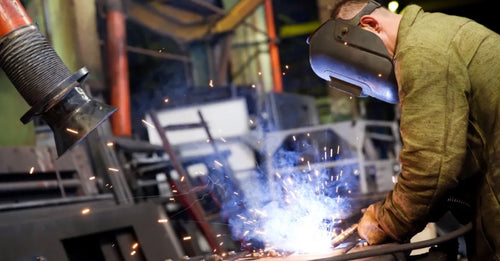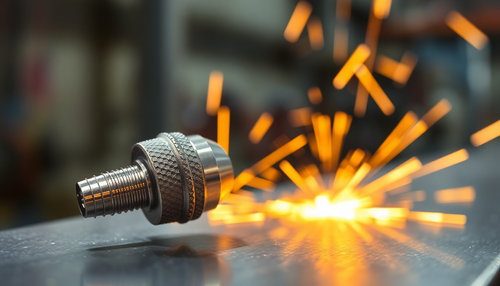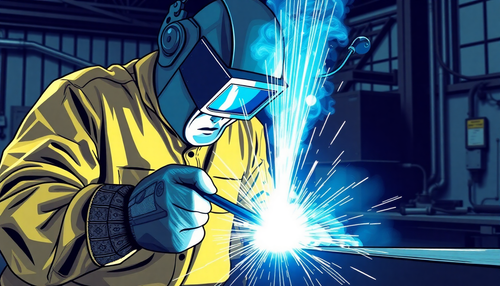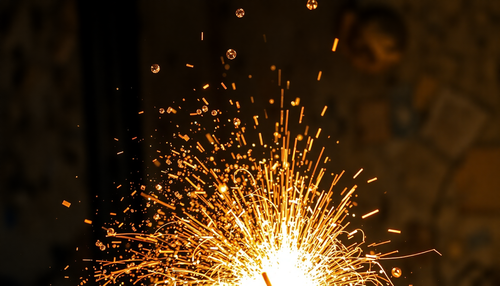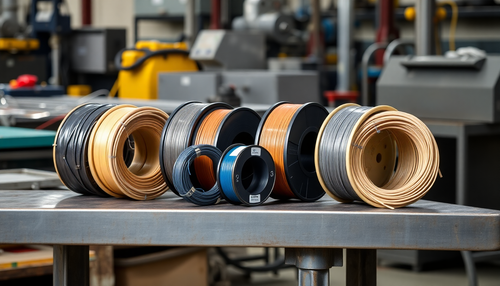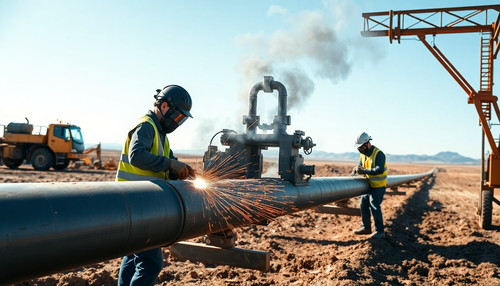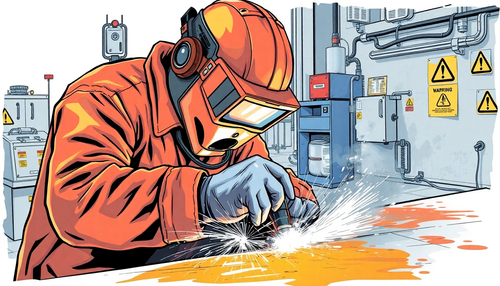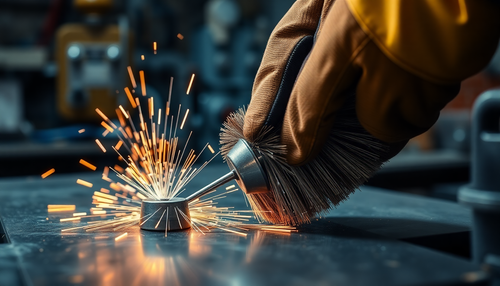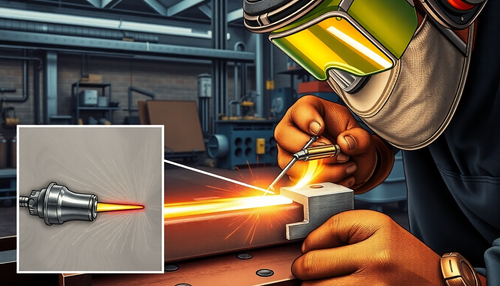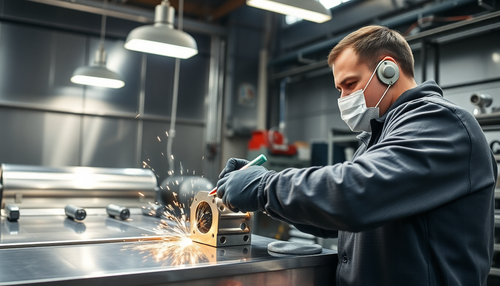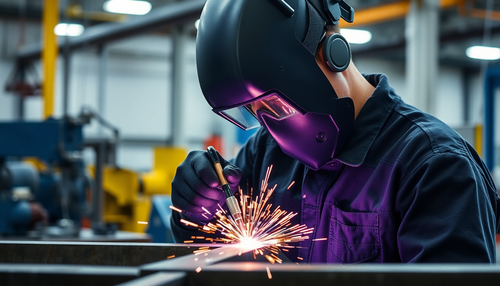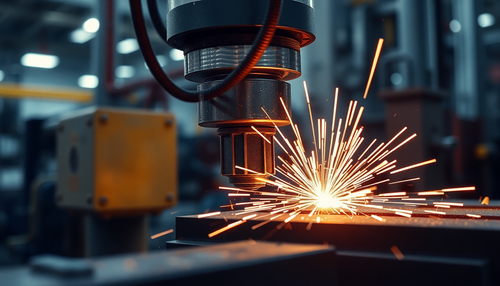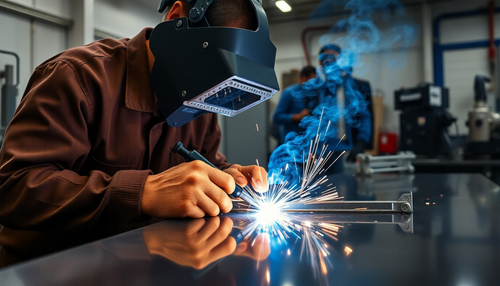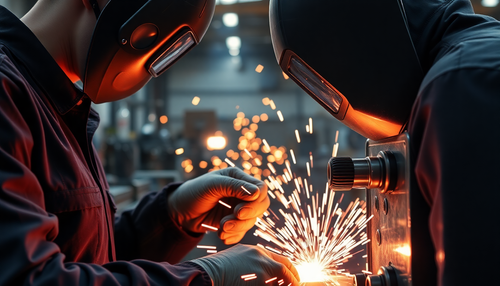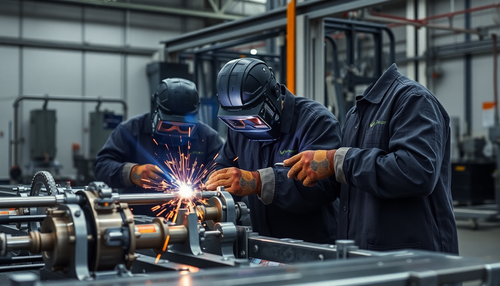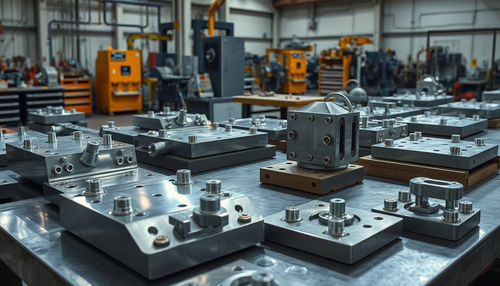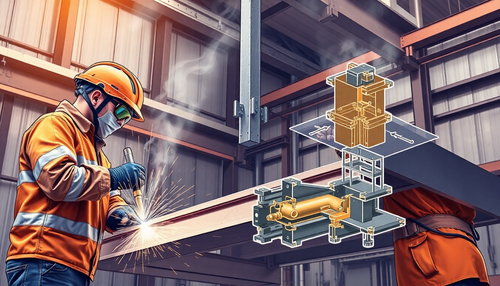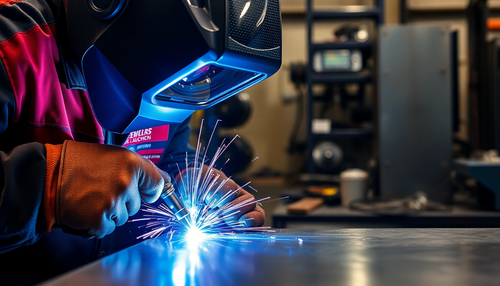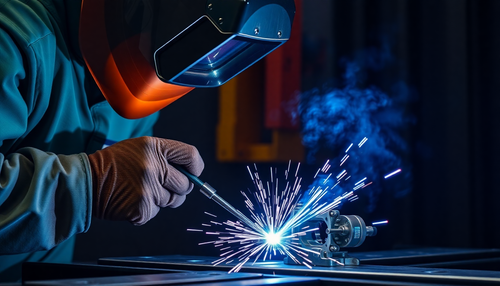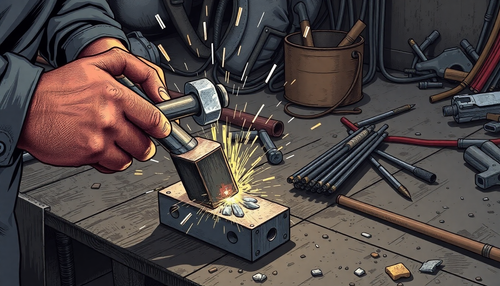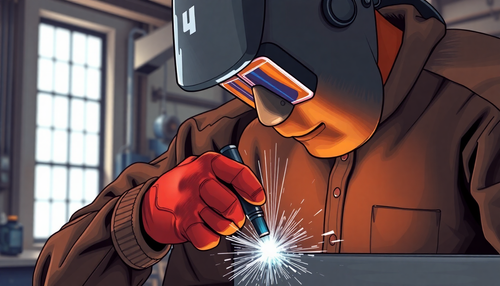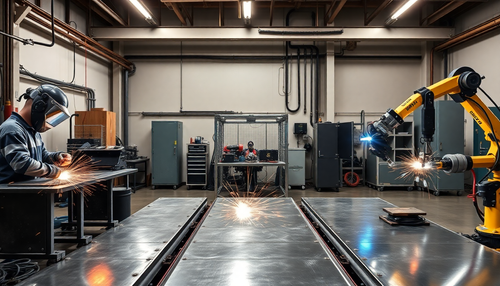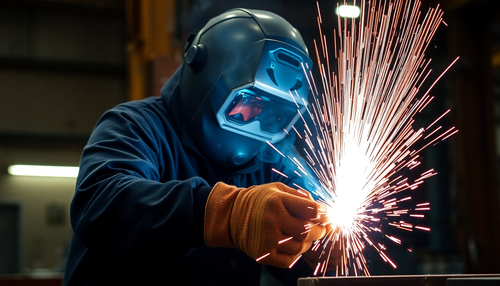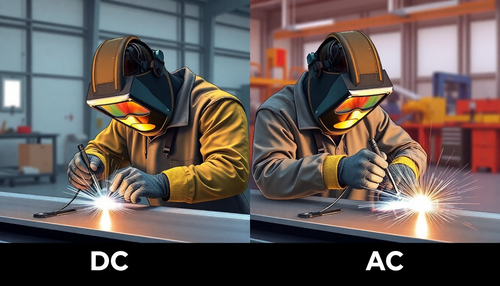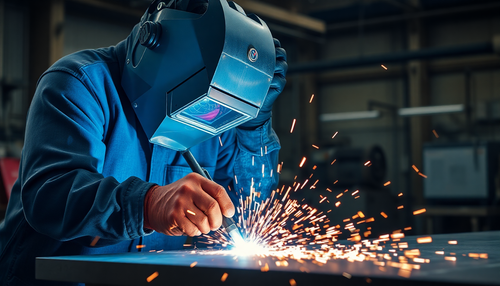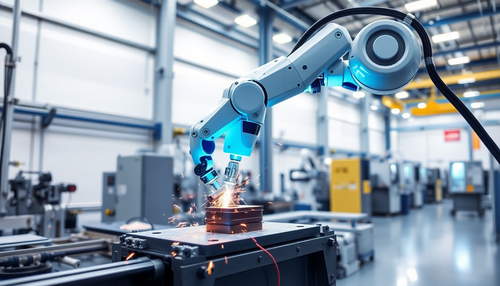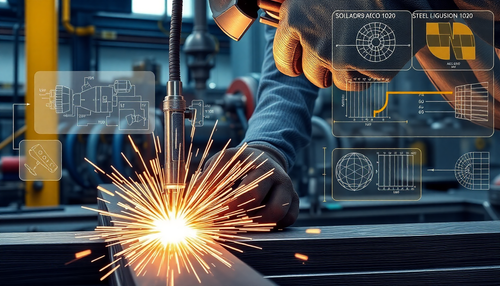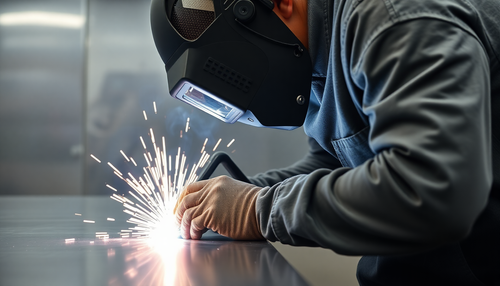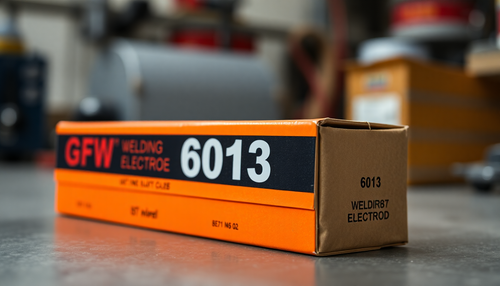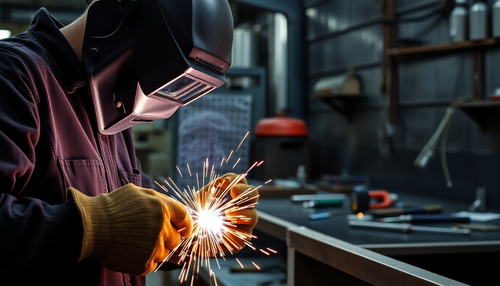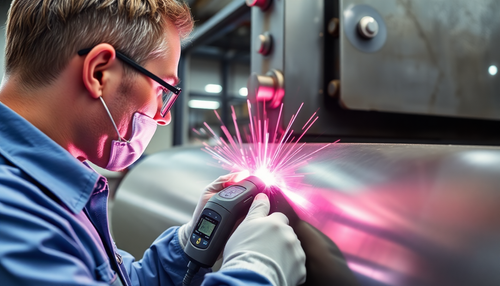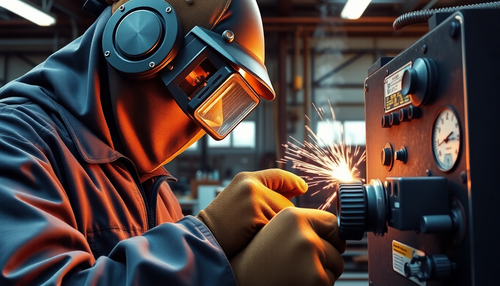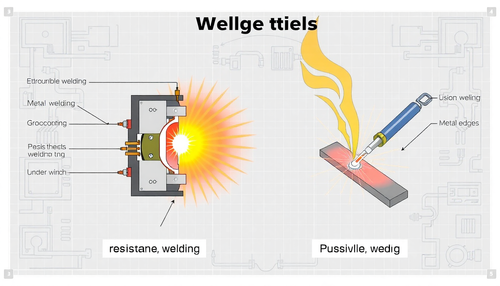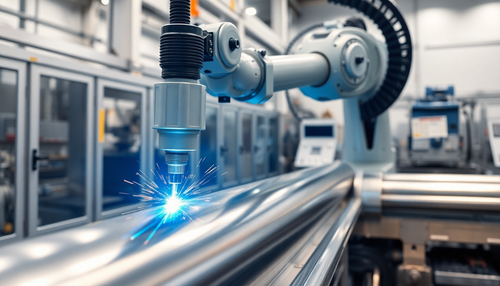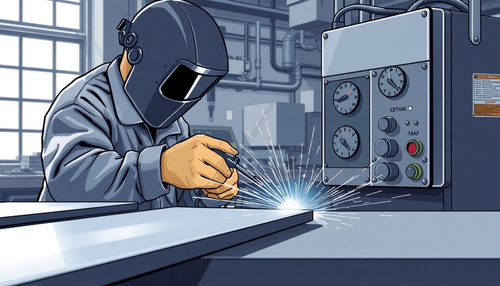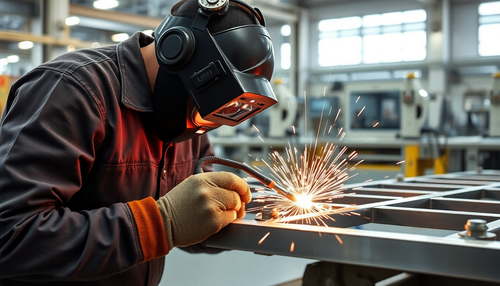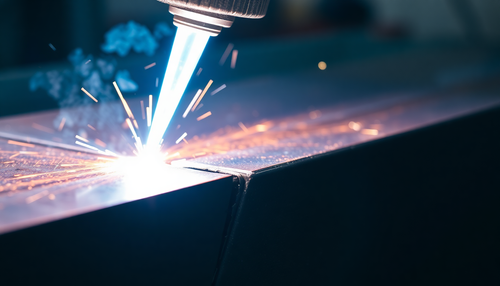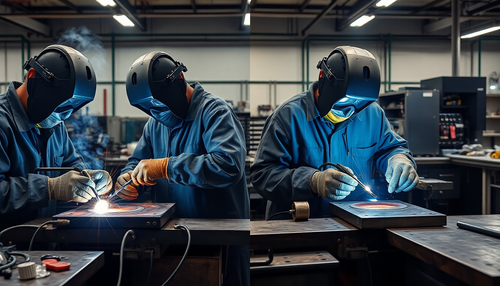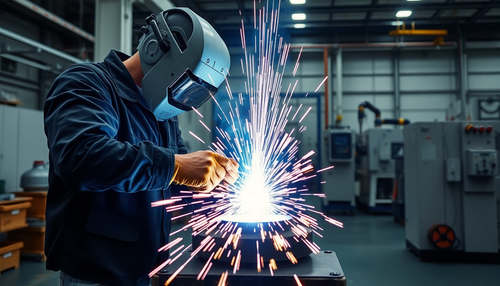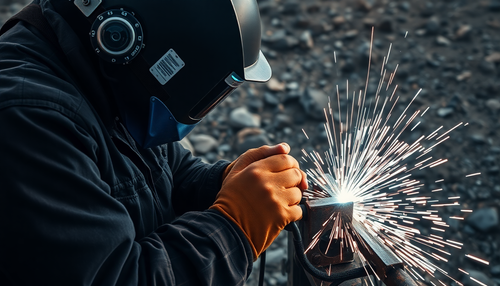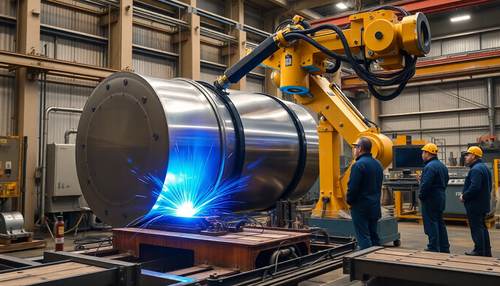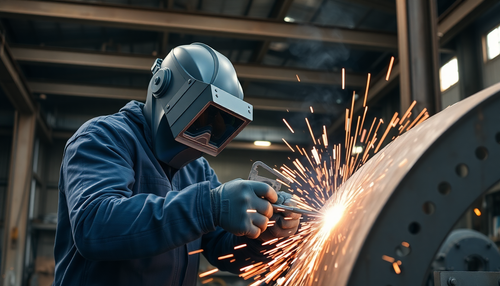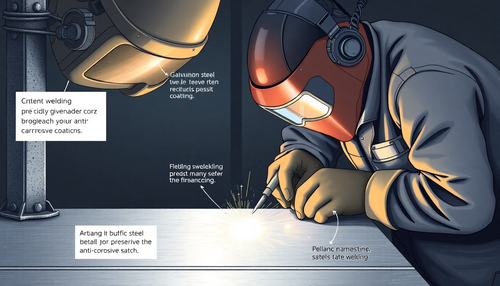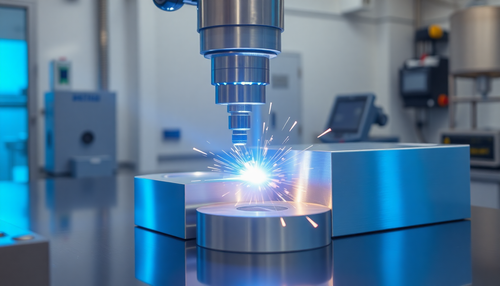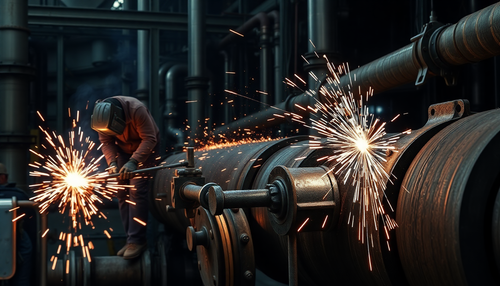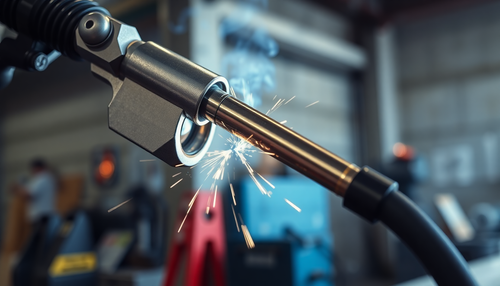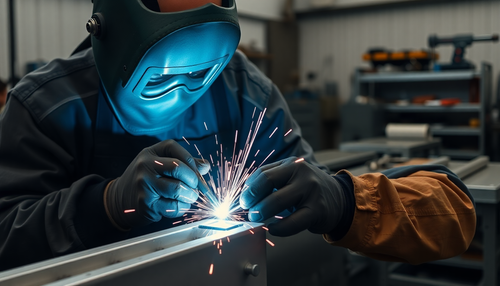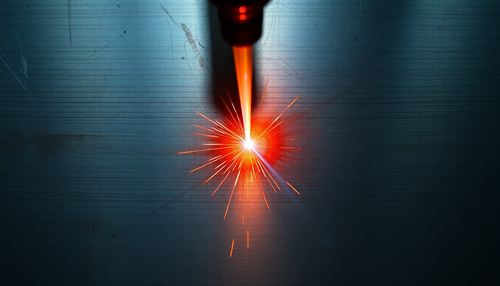In the short term, laser cutting equipment will still be the largest component of the laser processing equipment market, while the continued expansion of lithium batteries and photovoltaics will bring a considerable incremental market for laser processing equipment.
Short-term outlook: Laser cutting lays the foundation, while lithium photovoltaics builds on it.
1. Laser cutting equipment remains the main force in the market

Specialized laser processing equipment for lithium batteries uses the following laser processing techniques during the manufacturing process:
In the preliminary stage: anode and cathode tabs are laser cut and shaped, electrodes are laser cut, electrode sheets are laser cut, and separators are laser cut.
During the intermediate phase: laser cleaning of the electrodes/pads and laser welding of the housing, top cover, sealing pins and tabs.
In the final stage: laser welding of the connection parts during battery assembly and laser marking of the batteries.
The unique advantages of laser processing, such as no consumables, no burrs or dust, flexible automation integration, high production efficiency and good process stability, make it irreplaceable in the production of lithium batteries.
Medium-term outlook: The tradition of laser welding continues, laser cleaning is ready to launch.
Looking to the medium term, the industrial welding and cleaning markets are vast, but the penetration of laser welding and cleaning into downstream industries remains low.
They are expected to take the baton from laser cutting equipment and become the main growth drivers in the laser processing equipment market.
1. Laser welding technology is becoming mature
Automated laser welding equipment.

Across the broad spectrum of industrial manufacturing, automated laser welding has been implemented in the production of numerous products, including automobiles, high-speed trains, ships, airplanes, and rockets.
Taking the automobile industry as an example, where laser welding is mainly applied, laser welding has been used in automobile body manufacturing as early as the 1980s.
At the beginning of the 21st century, German brands such as Mercedes, BMW, Audi and Volkswagen were the first to use laser welding technology in the body manufacturing sector of their national joint ventures.
Today, laser welding production lines have become standard equipment in car body welding shops. Laser welding can bring significant economic benefits to the automotive industry.
Compared with resistance spot welding, which is most often used in body assembly, the main advantages of laser welding include reducing body weight and saving production costs.
Resistance spot welding consumes accessories such as electrode caps, electrode rods and tools during production, while laser welding consumes practically no accessories.
In the future, laser welding will open up a wider market in the manufacturing of large metal components. In the field of microstructure welding, the contact-free characteristics, high precision and flexibility of laser welding make it capable of performing precise micro-welding for various 3C products, further expanding the laser welding market.
Portable laser welding equipment.

In addition to automated laser welding equipment, advancement in portable laser welding technology has expanded the application of laser welding.
Automated laser welding equipment, with its large footprint, high equipment cost and lack of flexibility, has led to the emergence of portable laser welding equipment as the ideal solution for metal processing manufacturers.
After years of development, portable laser welding machines have gradually overcome previous problems such as large size, high precision requirements and potential safety risks.
Today's portable air-cooled laser welders are now similar in size to traditional manual arc welders. Swing Spot technology significantly reduces the need for workpiece fitting clearances, and the inclusion of sensors greatly increases equipment safety.
Most importantly, the price of portable laser welding machines has decreased from hundreds of thousands in the early years to tens of thousands today.
This makes portable laser welding incredibly attractive for industries such as advertising, mold repair, stainless steel sanitary ware, sheet metal cabinets, electrical cabinets, stainless steel doors and windows, and wardrobe furniture.
2. “Green” laser cleaning technology
Traditional industrial cleaning methods include mechanical cleaning, chemical cleaning, dry ice cleaning, blast cleaning, ultrasonic cleaning, and more.
Compared to other cleaning methods, laser cleaning offers substantial advantages in terms of workpiece damage, cleaning efficiency, consumable costs and cleaning results.
Most importantly, it does not require any CFC-based organic solvents that destroy the ozone layer, does not produce pollution or noise and is harmless to humans and the environment, making it a “green” cleaning technology.
Laser cleaning equipment is similar to laser welding equipment. Compared with laser cutting and marking, the downstream application scenarios are diverse and complex, requiring more customized equipment. The promotion of these equipment depends on technological advances.
The rapid development of the laser processing equipment industry in recent years has also spurred advances in laser cleaning technology and a reduction in equipment prices. Both large-scale automated laser cleaning equipment and portable laser cleaning devices have seen numerous successful applications.
Long-term outlook: The rise of micro-nano machining is unstoppable and the world of 3D printing is immense.
It is anticipated that laser processing technology will remain a dominant materials processing technique for a considerable period of time in the future.
Explorations by the scientific and industrial communities into laser processing technology have never ceased.
In terms of cutting-edge laser applications, both laser micro-nano machining in the microfabrication sector and laser 3D printing in the macrofabrication sector have the potential to further expand the market space for laser processing equipment.
1. Laser creation of the microscopic world
As a non-contact processing method, lasers have unique advantages in micro- and nano-manufacturing.
Lasers have always been crucial in the field of semiconductor lithography, for example, the light source used by DUV lithography machines is provided by excimer lasers, while EUV lithography machines require CO2 lasers as the initial light source.
With the growing demand for precision processing in the microscopic domain by industries such as semiconductors and displays, laser processing technology can continue to provide the best solutions.
2. 3D laser printing will drive a new round of manufacturing revolution

Material processing and manufacturing can be fundamentally categorized into three types: subtractive manufacturing, formative manufacturing, and additive manufacturing.
Subtractive manufacturing refers to the use of machines such as lathes, milling machines, planers, and grinders to cut and shape materials to meet design specifications.
Formative manufacturing involves processes such as casting, forging, and welding to produce products, with the weight of the material remaining relatively constant.
Additive manufacturing, also known as 3D printing, employs technologies such as photopolymerization, selective laser sintering, and fused deposition to gradually build the material, molding it into the desired shape.
Industrial applications of 3D printing represent 65%-70% of the market, with more than half of these applications currently in the aerospace sector. This is in part because some aerospace components have complex structures that are difficult to manufacture using traditional methods.
Furthermore, the overall value of aerospace products is high, making them less sensitive to the cost of individual components and more accepting of 3D printing as a manufacturing method.
Currently, 3D printing is particularly suitable for small-scale custom production in areas such as aerospace, meeting design requirements for lightweight and functional components.
As 3D printing technology develops and cost control improves, it is expected to find wider application in large-scale industrial production.
Due to the high cost of mass production, additive manufacturing is still used as a complement to subtractive and formative manufacturing, addressing manufacturing scenarios where traditional methods are insufficient.
Although additive production cannot yet match the production efficiency of subtractive and formative production, given its main function in creating high-value products, its total value will undoubtedly continue to increase.
As an important part of additive manufacturing, the market potential for laser additive manufacturing equipment is substantial.

